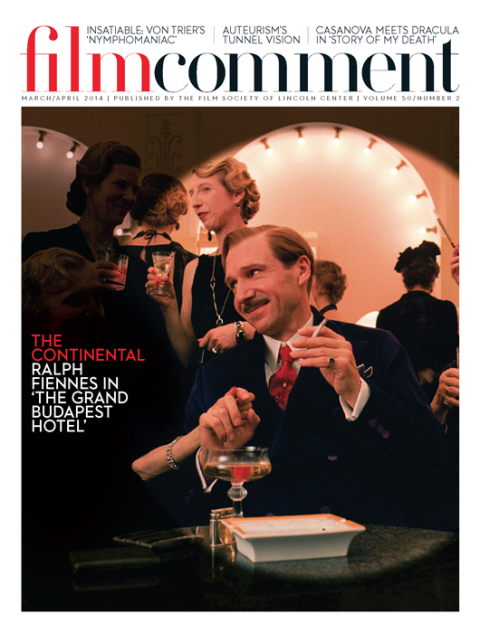
In the director’s commentary for the excellent Blu-ray of The Counselor, the most underrated and indeed ridiculously maligned film of 2013, Ridley Scott muses that the proliferation of devices and the amount of time people spend looking at media hasn’t made them more sophisticated. If anything, audiences have less tolerance than ever for movies that don’t spoon-feed them the story. They also may not find a movie as pitiless as The Counselor sufficiently entertaining. Compared to Scott’s moral tale about a lawyer (Michael Fassbender) who tries to make a little side deal with a Mexican drug cartel and ends up worse than dead, The Wolf of Wall Street seems puppy-dog cute.
“He’s a classical figure in tragedy,” says Cormac McCarthy, who wrote the rule-bending screenplay, which seems to be oblique even as it winds as tautly as the motorized garrote that severs the Brad Pitt character’s head from his neck. “[The Counselor] is a decent guy who gets up one morning and decides to do something wrong and that’s all it takes.” The script is the armature of a film that is almost as mythic and evocative of a power structure that most of us prefer to deny as Scott’s Thelma & Louise and Blade Runner. The actors (in addition to Fassbender and Pitt, there’s Javier Bardem, Penélope Cruz, Rubén Blades, and Cameron Diaz, who works very hard in a role that probably no contemporary star could play) are similarly hyperreal, as is the vast, ugly, arid landscape of what is supposed to be both sides of the U.S.-Mexican border and was actually (except for an aerial shot of Juarez) Spain and the U.K.
Shot digitally in ’scope, The Counselor was stunning on the big screen, but the Blu-ray image and sound is just fine, and the two-disc set has the advantage of hours of illuminating and entertaining extras. You can watch a cut of the movie that’s about 20 minutes longer than 140-minute version that was released in U.S. theaters. According to Scott, he loved much of the material that was eliminated from that version, but needed to make the cuts to keep the film moving along at an intensifying pace. By far the most fascinating extra is a 220-minute hybrid movie that combines the director’s commentary with scenes from the theatrical release, scenes that were cut out, and about 90 minutes of making-of documentary footage that reveals Scott’s directing method: multiple cameras, scenes covered in one or two takes, moving from scene to scene as quickly as possible, and lots of attention to the actors. Fast, however, does not mean small. “The words and characters deserve to be epic,” says Scott, “so in my mind it was a big movie.” Big and horrific and all too true it is.








